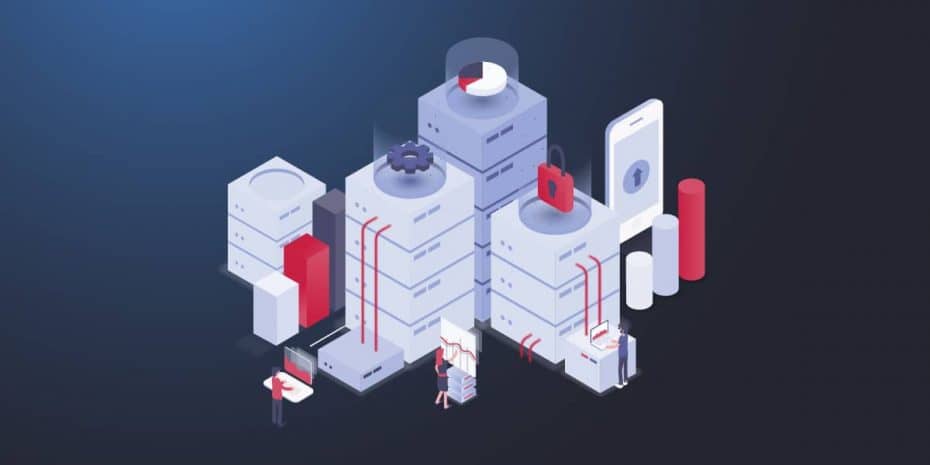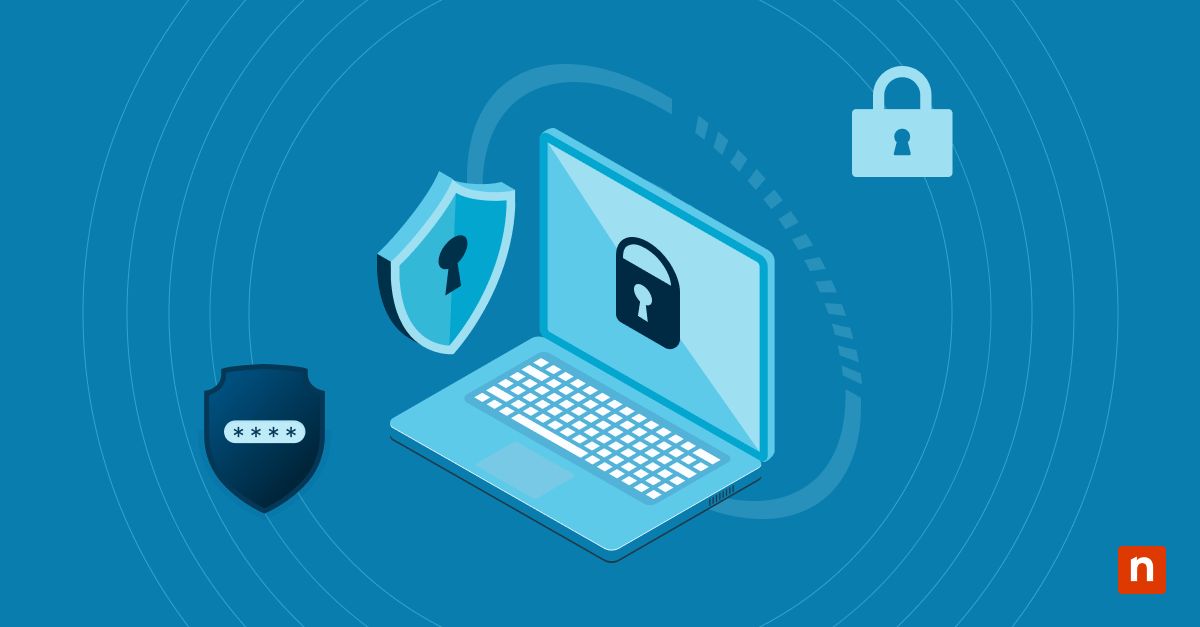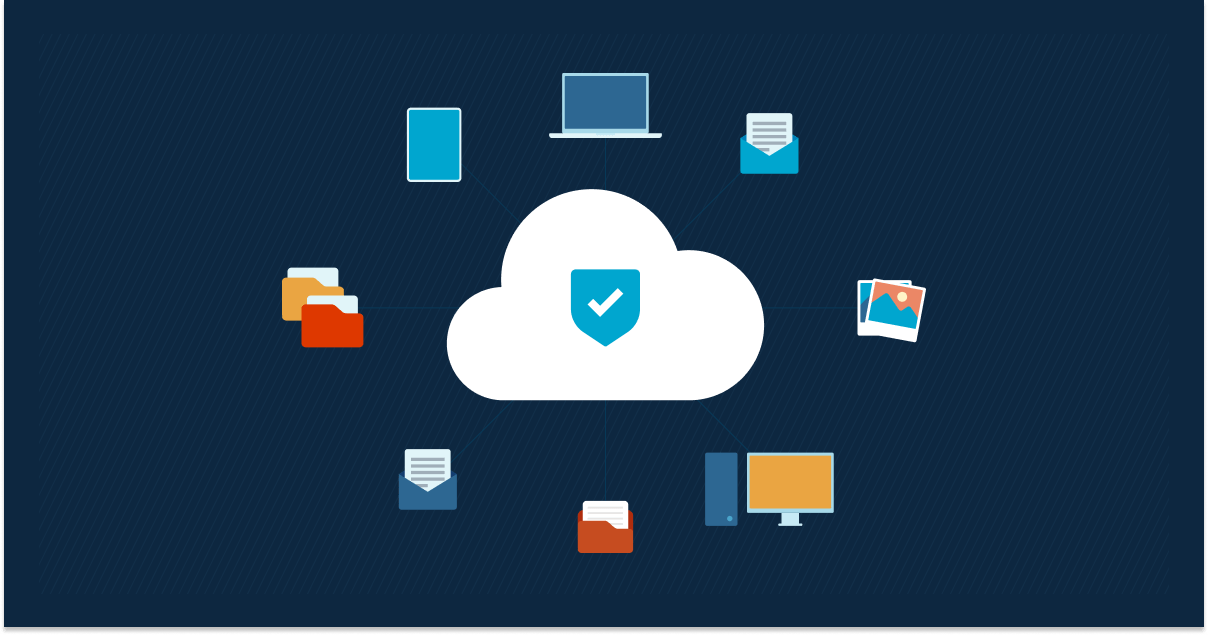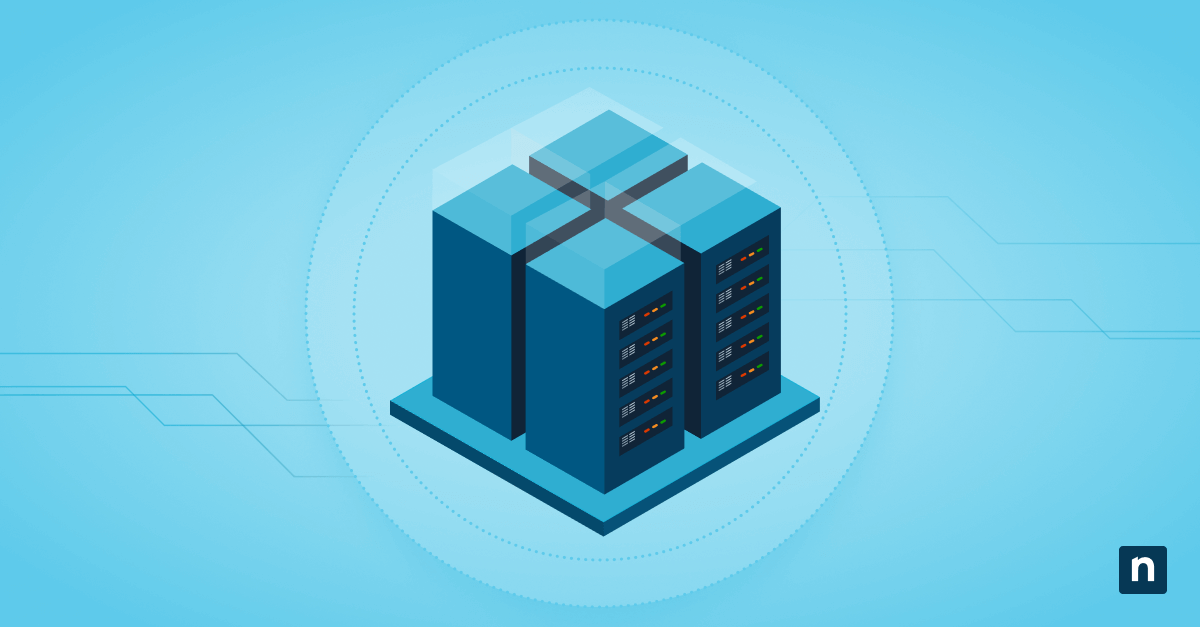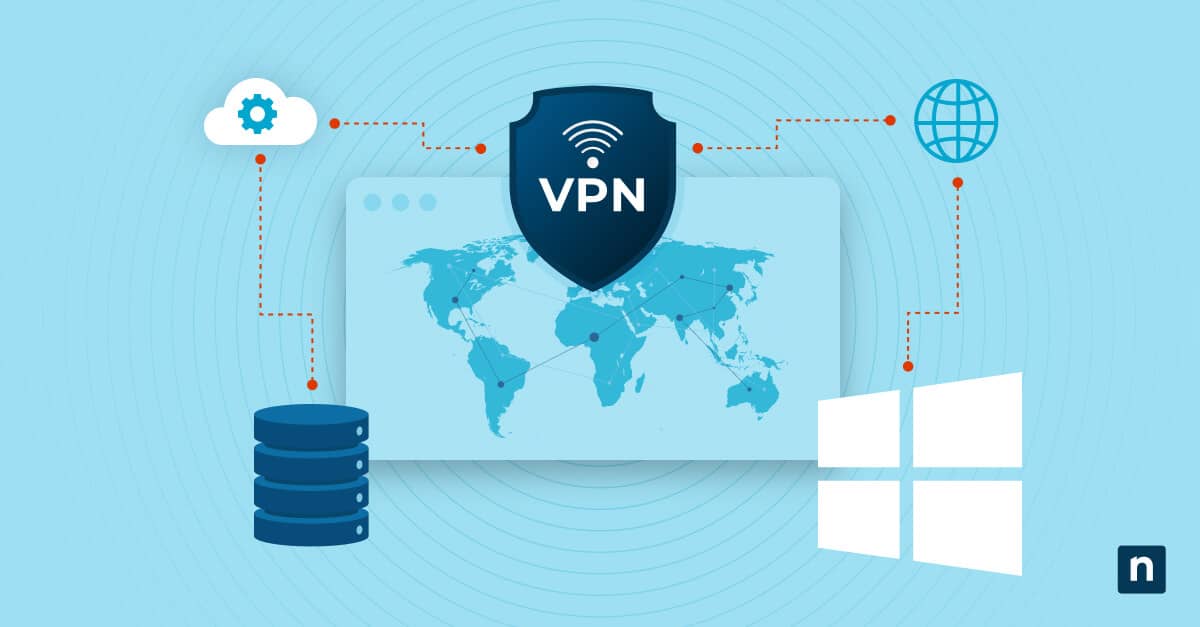Backup and disaster recovery (BDR) has evolved from a complex, time-consuming task to a more streamlined, essential component of modern IT management. With the ever-present threat of ransomware and other malware, BDR is no longer optional—it’s a necessity.
Cloud-based and automated backup solutions have transformed data protection into a “set-and-forget” process, reducing the risk of data loss caused by human error, natural disasters, or cyberattacks.
Thus, implementing robust BDR strategies ensures that your MSP or IT department maintains business continuity, protects critical data assets, and reduces potential downtime.
Too many tools in too many places?
See how tool sprawl impacts IT and what you can do to solve it.
What is Backup and Disaster Recovery (BDR)?
Backup and disaster recovery (BDR) is the process of copying and storing files in a specific location, and then recovering or restoring those files when an emergency occurs, such as data loss or data corruption. Backup and disaster recovery are two separate but connected concepts that organizations should always consider together.
Data backup in more detail
Data backups are essential to IT management and have been used since the dawn of computing. Backing up data is the process of storing a copy of a business’s data either in a cloud or physical environment, such as an external hard drive.
Disaster recovery in more detail
Disaster recovery, or a disaster recovery plan, refers to the policies, procedures, and methods laid out in an organization’s cybersecurity framework for maintaining business continuity in the event of a security incident. Part of a disaster recovery plan may include having redundant servers ready in the event of a data center power outage. While many may lump backup and disaster recovery together, the reality is that simply having backups won’t guarantee business continuity, and a recovery plan without backups is futile.
What is cloud backup and recovery?
Cloud backup and recovery is the process of backing up data and applications from an organization’s endpoints to the cloud, then restoring the files and information if an emergency occurs. Data backups are already an important cybersecurity best practice, and cloud backups provide an additional layer of security since data is off-premise and in the cloud.
For decades, backing up data was an on-premises responsibility as that was the standard model of business operations. With the growth of cloud computing and remote work, on-premises solutions have begun to be replaced by modern cloud backup software alternatives that can protect the devices of employees in the office and at home.
Why cloud BDR is important for the changing workplace
With the latest Gallup research finding that 53% of Americans are currently in hybrid jobs, and 27% are exclusively remote, it’s safe to say that more and more employees no longer want or need to go to a physical office to contribute to the company’s bottom line.
This implies a significant organizational culture shift in how modern businesses manage their team members—and how they approach cybersecurity.
Cloud backup and recovery solutions keep your competitive advantage in the ever-changing digital-first workplace. While on-premise BDR tools have their unique advantages, implementing a cloud strategy allows you to be more flexible and agile. Other benefits include:
-
Overall efficiency
As we’ve discussed, a robust backup solution is essential to recovering lost data and minimizing downtime during an IT incident. However, creating and managing these backups can be time-consuming and expensive if done manually. There is also a higher risk of dirty data or incorrect data being stored due to human error.
Investing in an automated and cloud-based BDR solution resolves these limitations and increases organizational efficiency. Now, your IT team does not have to spend countless hours backing up data or hiring staff to maintain your backup servers.
Additionally, some vendors, like NinjaOne, provide free and unlimited onboarding, training, and support with their backup solutions.
-
Faster recovery from ransomware
Typically, the fastest way to recover from a ransomware attack is to start fresh, cleansing your system and then reinstalling applications from the ground up. You can restore your data with your backups. Some cloud backup providers offer additional protection against ransomware attacks with encryption, anti-tampering technology, and continuous ransomware backups. This allows you to restore data within seconds, reducing any organizational impact.
-
Reduces human error
In life, we are taught that “to err is to be human,” and we must be more forgiving of those who make mistakes. While true in a general sense, the act of miscalculating in IT can lead to significant data and financial loss. That was the conclusion of the 2024 Thales Cloud Security Study, which described human error as “one of the biggest threats to cloud security.” While it is impossible to have a completely perfect system, cloud-based data backup and recovery solutions can mitigate this risk through automation.
What is a backup and disaster recovery plan?
A backup and disaster recovery plan is a set of policies and software solutions that work together to maintain business continuity in the event of a security incident.
These plans typically include guidance on how to properly restore data with the backup software used by the organization. Disaster recovery plans will also outline other immediate actions to take, such as who within the organization to inform first, how to evaluate the scope of potential damage, and at what stage of an incident to inform customers.
Getting started with a backup and disaster recovery plan can seem like an overwhelming process, but there is a myriad of resources to easily get started. Cybersecurity frameworks like those outlined by the National Institute of Standards and Technology (NIST) provide step-by-step instructions on how to start implementing cybersecurity best practices and developing a disaster recovery plan that meets the business’s needs.
Backup and disaster recovery statistics
Two common statistics often referred to when discussing data backup and recovery are recovery time objective (RTO) and recovery point objective (RPO). These statistics help IT teams and businesses analyze and compare BDR solutions to see which one offers a faster recovery time, which means less downtime and a more complete data restoration. A brief comparison of RTO vs. RPO is below to show the differences between the two.
Recovery Time Objective (RTO)
Recovery time objective (RTO) focuses solely on the speed of recovery, or how quickly a business can recover its data after a catastrophe. Instead of relying on the vague idea of retrieving data as soon as possible to reduce downtime, businesses can implement RTO to quantify the speed of recovery so that they know exactly how long it will take for their data to be returned to them.
Recovery Point Objective (RPO)
Recovery point objective (RPO) focuses on the maximum amount of data that an organization can afford to lose after a catastrophe, and it is measured as a period of time that has passed since the last backup. If a business lost all data except for the last backup, how much essential information would it still have? This is the question that RPO helps organizations quantify and answer.
| RTO | RPO | |
| Purpose | Time to recover lost data. Informs the disaster recovery strategy. | Maximum amount of data loss. Informs the development of backup strategy. |
| Priority | Application and system restoration to resume normal operations. | Amount of data loss following an IT incident, and risk and impact on overall customer transactions. |
| Automation | It is virtually impossible, as it involves all IT operations in the recovery process. | Scheduled backups can be easily automated. |
Why do I need backup and disaster recovery services?
Ransomware is a serious threat that businesses must be on guard for and backup and disaster recovery services are an important part of overcoming an attack.
In The State of Ransomware 2024 report, experts stated that the total ransomware payments for 2023 exceeded $1 billion, which is expected to increase this year.
Another report by Sophos found:
- 59% of organizations were hit by ransomware in 2023.
- 94% of victims said threat actors targeted their backups.
- 32% of victims whose data was encrypted also had their data stolen.
- $2 million was the average initial ransom.
As cybercriminals change tactics and target data backups as well, disaster recovery plans or services should also include additional redundancies to secure the most critical business data.
Data backups shouldn’t be thought of as a silver bullet solution to ransomware, but rather as an important tool that, when implemented correctly, can help businesses recover faster.
Data backups are also a requirement for many US and international data protection laws. For IT professionals working in healthcare environments, HIPAA-compliant backup and disaster recovery solutions and services are required to ensure the security, confidentiality, and availability of medical data. Failure to comply with these laws can result in significant fines.
Protect critical business data and experience rapid disaster recovery with NinjaOne.
What should be in a backup and disaster recovery plan?
Backup and disaster recovery plans outline the steps or actions taken in the event of a business event that triggers a slowdown in operations. Cybersecurity frameworks like those provided by NIST and other federal agencies offer good starting points for crafting a plan that fits the business’s needs, but one critical piece of any backup and disaster recovery plan is the backup software.
NinjaOne has also written a guide on how to create a disaster recovery plan.
Protect critical business data and experience rapid disaster recovery with NinjaOne.
NinjaOne Backup gives you peace of mind
Cloud-based solutions like NinjaOne Backup help protect your data, remain compliant, and recover faster after a ransomware attack. Trusted by 17,000+ clients worldwide, NinjaOne Backup is built seamlessly into its endpoint management system. It delivers flexible and customizable backup plans while allowing you to monitor, manage, and secure your entire fleet from a single pane of glass.
NinjaOne’s IT management software has no forced commitments and no hidden fees. If you’re ready, request a free quote, sign up for a 14-day free trial, or watch a demo.
